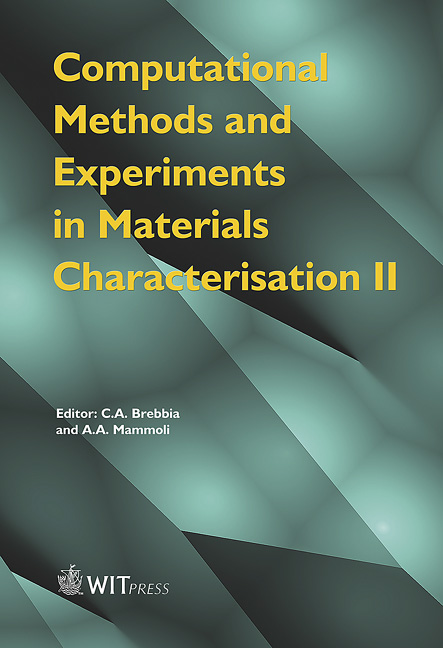Investigation Of Aging Heat Treatment On Microstructure And Mechanical Properties Of 316L Austenitic Stainless Steel Weld Metal
Price
Free (open access)
Transaction
Volume
51
Pages
10
Published
2005
Size
1,208 kb
Paper DOI
10.2495/MC050071
Copyright
WIT Press
Author(s)
A. Amari Allahyari, H. Farhangi & S. M. M. Hadavi
Abstract
Austenitic stainless steel alloys are used extensively in heat resistant structural components in power generating and chemical industries. Austenitic stainless steel weld metal exhibits a duplex microstructure consisting of a dispersion of high temperature delta-ferrite in austenite. It has been shown that aging between 500–700°C results in progressive dissolution of the delta-ferrite and precipitation of M23 C6 carbides and intermetallic phases. In this paper, the effects of aging at temperatures between 550–850°C for periods of up to 100 hours on the microstructure and mechanical properties of 316L austenitic stainless steel weld metal have been investigated. Austenitic stainless steel 316L plates of 20 mm thickness were welded using the gas tungsten arc welding technique. Tensile and impact test specimens were machined from the weld sections and subjected to various aging heat treatments. Based on the results of mechnical testing it was found that whereas the strength properties show comparatively small variations due to aging, the tensile ductility and impact toughness are strongly affected by increasing aging temperature and time, such that aging at 850°C for 5 hour results in a 90% reduction in the value of impact energy of the weld metal. The loss of impact toughness and tensile ductility has been discussed based on the dissolution of delta-ferrite and precipitation of the intermetallic sigma phase. Keywords: aging, 316L weld metal, impact energy, ductility, delta-ferrite-sigma phase.
Keywords
aging, 316L weld metal, impact energy, ductility, delta-ferrite-sigma phase.





